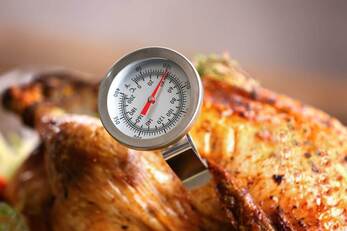 ‘Tis the season for heavier meals – and for many people, holiday celebrations involve having a ham, roast, turkey or other animal protein at the center of the table. If you’re offering proteins that you don’t normally feature on the menu, it’s a good time to talk with your kitchen team to review how to store these items safely during refrigeration, how to handle them safely during preparation, and steps to take to avoid cross-contamination of ingredients. You might also review the internal temperatures that various proteins need to reach for safe consumption, as well as how long various proteins can be left out before entering the temperature danger zone. 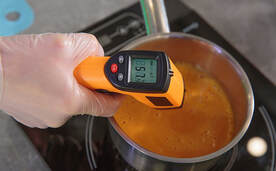 Your staff rely on food thermometers to ensure that the foods they serve are done cooking and are being held at the proper temperatures. But this requires that they’re using accurate thermometers – and dropping a thermometer or using one to measure the temperature of very hot and very cold foods in close proximity can result in faulty readings. To make sure your thermometers are accurate, calibrate them daily using a boiling-point and/or freezing-point method. 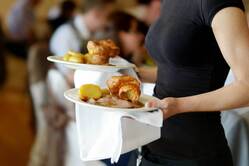 It’s likely to be another summer of extreme heat. That can make your restaurant a less comfortable place to work, which impacts employee safety as well as your guests’ experience. Consider adapting your staff uniforms to accommodate high temperatures, avoiding outdoor service during the hottest parts of the day, promoting menu items that generate less heat during preparation, keeping outdoor service areas as cool as possible with fans and shades, and ensuring staff are getting ample breaks for water and rest. Also, since now is not the time for your HVAC system to let you down, make sure its service record is up to date and you’re able to keep your kitchen and indoor seating areas well-ventilated and cool. 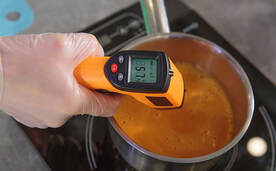 Keeping foods out of the temperature danger zone – between 40 and 140 degrees Fahrenheit – can be more difficult in the summer heat, particularly if you’re preparing and serving food outdoors. Your temperature logs can help keep your food safety on track, but the information they contain can also reveal problems. In an interview with Mashed, Chris Boyles of Steritech said when temperature logs show several blank spaces or list the same temperature for every item, they can indicate to a health inspector that the restaurant isn’t tracking food temperatures correctly. Using digital tools to automate these tasks can help you identify these problems promptly and avoid raising red flags with inspectors. 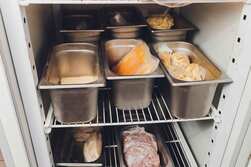 Summer is the peak season for food poisoning, according to the Centers for Disease Control. The warm temperatures make it easy for chilled foods to enter the temperature danger zone and for foodborne bacteria to multiply. If you’re preparing and serving food outdoors or transporting foods for service outside of your facility, take some extra precautions when storing, thawing and transporting animal proteins. Store raw meat, poultry and seafood separately from (and/or below) other foods when refrigerating – and keep them refrigerated until ready to grill. When transporting these items, keep them at 40°F or cooler. These foods should be thawed in the refrigerator, in cold water or in the microwave – never on the counter. 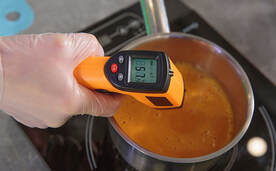 Digital tools and other systems that enable kitchen automation may at first sound like items suited to deep-pocketed, well-resourced restaurants, but they can help any restaurant save potentially significant money in the long term – by minimizing the labor hours required for tasks and preventing unsafe food from reaching guests. One simple example: Bluetooth thermometers that take food temperatures and then automatically add the results to a digital HACCP log. This removes a time-consuming, error-prone manual process from the to-do list, gives you a ready-made record to present during inspections, and provides a means of prompting staff when temperatures approach the danger zone. The thermometers can alert staff to the problem so they can take immediate steps to ensure the food isn’t served to guests. 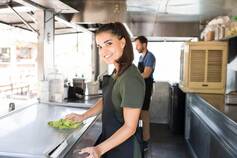 Food trucks can be a great tool for spreading the word about your business – but they can also pose challenges to your food safety procedures and make any slip-ups more visible to customers and passing foot traffic. Make sure you take good care with these major areas of concern when you’re operating away from your regular facility: Keep food at the correct temperature – don’t allow items that need to be refrigerated to sit out. Ensure staff uphold the hygiene of your business by wearing protective gear, handling food and money separately and with care, keeping long hair tied back and hands and nails clean, and cleaning messes and spills promptly to avoid attracting pests. The Tasting Table also mentions a couple of items that could be red flags for people considering whether or not to order from a food truck: a large menu (you’re more apt to be able to manage safe food storage and preparation if you have a simple menu) and a sink overflowing with dirty tools and dishes (it makes people suspect that washing up – whether utensils or hands – isn’t a priority for staff). 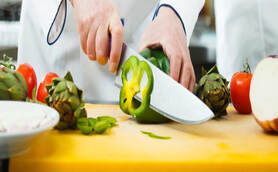 Your restaurant has likely had to make big changes to adapt to new consumer habits in the past few years. If you’re juggling a new mix of order streams, you may also be adjusting to new traffic patterns, as well as to new food preparation and service areas required to support changes to your business. This can create opportunities for cross-contamination, as well as missed temperature checks or overall quality checks. Make sure your food and safety training accurately reflects your work flow and – if your technology isn’t already helping to direct traffic – that your team knows how to respond to (and ensure the safety and quality of) orders coming from multiple sources. 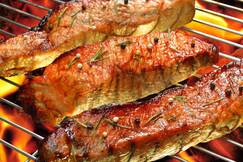 Popular as barbecuing is, preparing and serving food outdoors elevates its safety hazards. In fact, the summer months see twice as much foodborne illness as other months of the year. If you’re grilling food outdoors for guests, be vigilant about food temperatures and rely on thermometers, not your eyes, to tell you when a food is cooked. According to the USDA, one out of every four burgers turns brown before it reaches the recommended 160° F temperature. (Hot dogs, chicken and veggie burgers should reach 165° F and steak is done at 145° F.) Remind staff to keep foods out of the temperature danger zone between 40-140° F. In the summer heat, it doesn’t take foods long to drift into this zone, in which bacteria multiply rapidly. 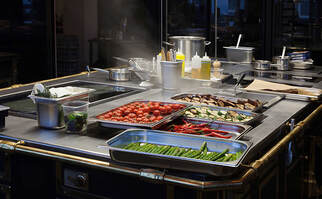 Even before summer hit, many areas of the country experienced surprising spikes in temperature this year. As you prepare for outdoor events this summer, take extra precautions with food safety. An especially warm day will shrink the window of time when foods remain safe to consume. Any perishable foods can be left out for only an hour in 90-degree heat and other items should only sit out for two hours. When transporting food, ensure you’re able to keep cold foods at 40°F and hot foods above 140°F, and make additional provisions to keep foods cold or hot if the weather is likely to pose a challenge. |
subscribe to our newsletterArchives
April 2024
Categories
All
|


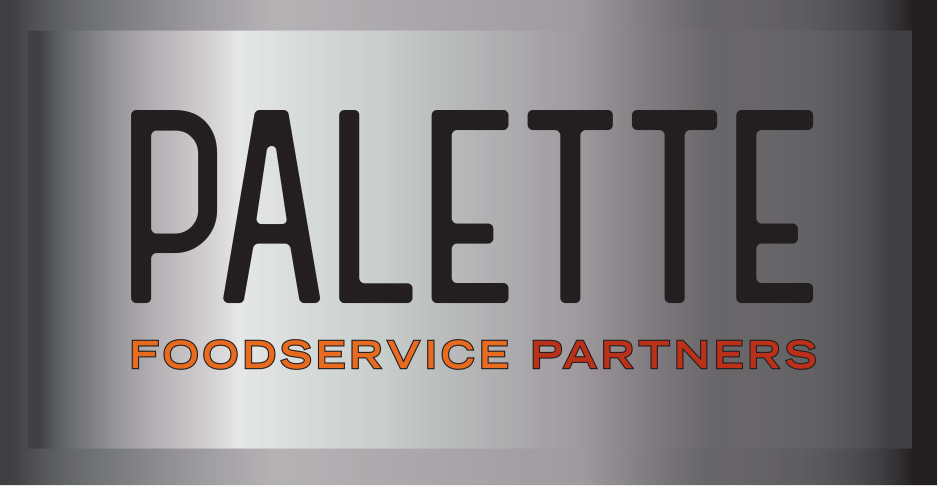
 RSS Feed
RSS Feed